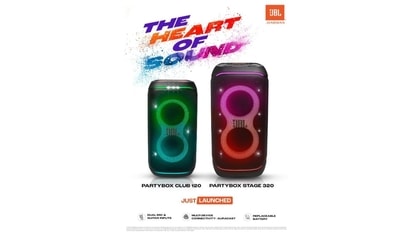The right touch
Your guide to buying a touchscreen handset that suits your needs.
If you're in the market to buy a touchscreen handset, the first question you need to ask yourself is what you need the handset to do for you. This will determine what kind of operating system (OS) will best suit you. Of course, budget is the other significant factor, knowing your requirements first goes a long way in making the right purchase.
Display and input method
First off, size matters. A larger display usually means a more simplified OS and UI functioning, as it enables easier access to and activation of features, not to mention a more user-friendly data entry system especially with regard to email and SMS. With a large screen, chances are you'll have an onscreen virtual keyboard that usually offers a variety of options from an alphanumeric keypad to a full QWERTY onscreen keyboard and handwriting recognition.
Now, what do you prefer using? Keep your comfort and usage in mind. A good UI employs finger-wipe technology for flicking through pages, menus or images. A sensitive UI allows for a smooth flow of images and lacks lag while changing screens. In the case of the accelerometer, screen rotation should be fluid and change orientation without lag.
Connectivity
What you need to check is whether the handset uses proprietary technology when it comes to its handsfree kit or for hooking up to the PC. If it has a standard 3.5mm earphone socket you can use your own set of earphones without the need for converters.
A standard micro USB or mini USB port make data transfer a whole lot simpler too. Being able to use common cables for multiple devices is always easier than having to employ specifically designed proprietary ones.
A hot swap slot for a memory card comes in quite handy, and having an easily accessible slot on the outside is the obvious way to go.
Office usage
If you're looking at using the device as an office on the go or an alternative to carting a laptop around, the handset you're looking for should be loaded with applications like Push Mail via EDGE so you can easily access and download emails, and those that allow you to view, edit and create Word and Excel documents and open PDFs and PowerPoint presentations. In any case, a document viewer is a handy application to have. Good thing most come equipped with support for a voice recorder for voice memos.
Multimedia
Here, personal preference is everything. If you're a camera buff, the handset's on-board camera should be equipped with the basic settings that should include Exposure settings, White Balance and a Night Mode scene selection. A dedicated camera key is always better than an onscreen shutter release. Any other settings the handset could have are just a bonus.
Audio quality via the bundled handsfree should be loud and clear. Ensure that the bundled handsfree is not only comfortable to use but also negates the buying of another set of earphones altogether. Video support should include MPEG4 and 3GP file support and the FM radio should have decent reception.
Battery power
Most touchscreen handsets may not provide an extremely high battery life, but that doesn't justify mediocrity. A minimum of 3.5 hours and above of talk time is important — don't worry about standby time. You should be able to derive at least two days of usage on a single charge with average use of calls, messages, music, a few pictures and a little music.
Catch all the Latest Tech News, Mobile News, Laptop News, Gaming news, Wearables News , How To News, also keep up with us on Whatsapp channel,Twitter, Facebook, Google News, and Instagram. For our latest videos, subscribe to our YouTube channel.

























